The Bush Dog Lives On Despite Its Rarity

The bush dog isn’t a myth, though for years it may as well have been. Rare and easy to overlook, this animal’s story is rooted in fact, not folklore. And its return to the scientific radar holds lessons about discovery and survival. Here’s what matters.
Classified Before It Was Ever Seen

In 1842, Danish naturalist Peter Wilhelm Lund discovered the bush dog from fossil remains found in Brazilian caves. No living specimen had ever been seen. It became one of the few known canids identified solely through paleontology, an exception to typical zoological discovery methods.
Thought Extinct Until Technology Caught Up
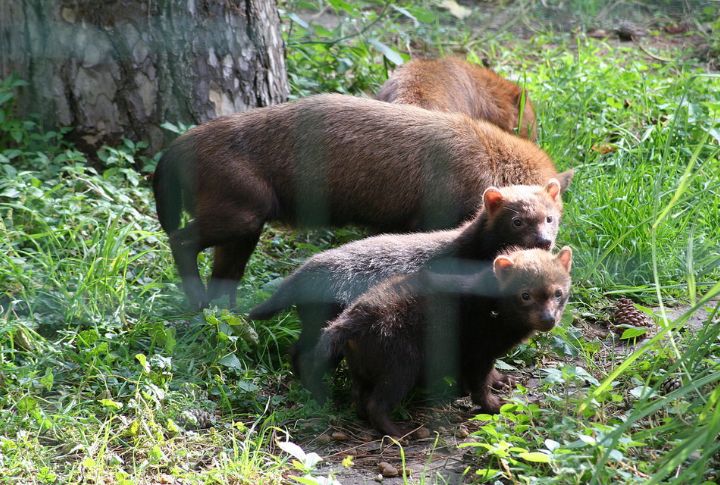
For over a century, the bush dog went almost entirely undetected, which prompted extinction theories. Only with the rise of motion-sensor camera traps in the 2000s did sightings resume, first in Brazil, then Ecuador. These tools captured images in dense forests that confirmed the animal’s survival across fragmented habitats.
Nocturnal Patterns Masked Their Presence
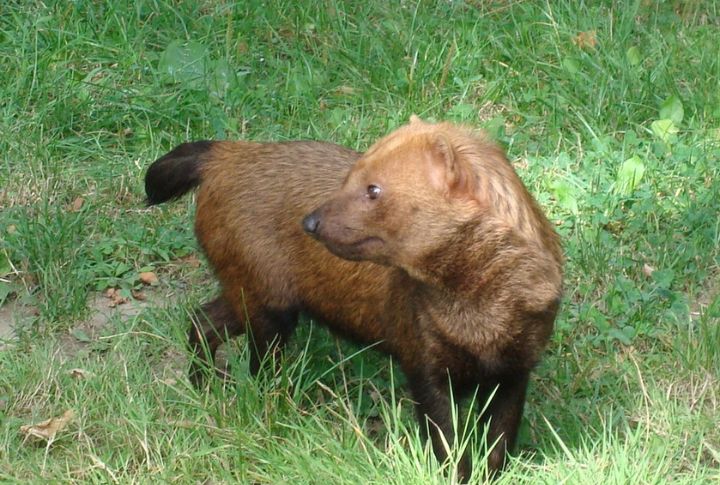
Primarily nocturnal, bush dogs emerge at night and occasionally during twilight. They shelter in dens by day, which further makes daylight surveys largely ineffective. Infrared cameras finally revealed consistent nighttime activity to correct past misconceptions and explain their long absence from scientific records despite occupying known forest habitats.
Hidden In Terrain Few Scientists Access

Few scientists reach the flooded forests and wetlands where bush dogs live. These habitats, found across the Amazon and Orinoco basins, are often inaccessible during rainy seasons. Their remoteness limits population monitoring, though occasional GPS signals confirm their presence in fragmented and distant territories.
Webbed Feet And Water Skills Set Them Apart
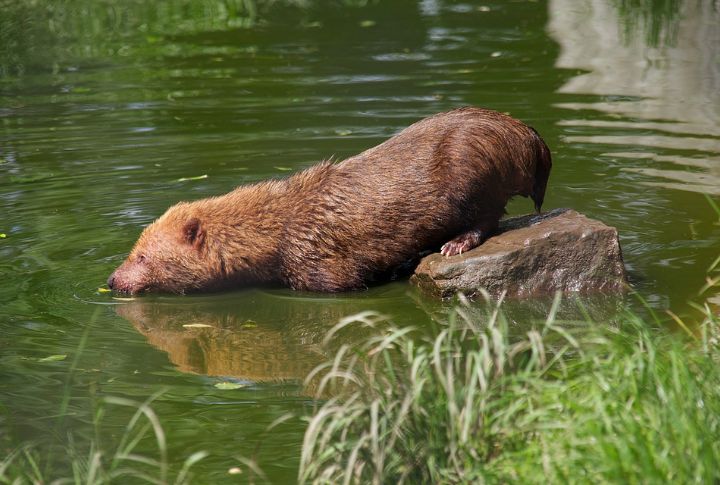
Bush dogs possess webbed toes and a low-slung, muscular frame ideal for swimming and navigating thick vegetation. So, every part of the build contributes to silent steps in soaked environments. This semi-aquatic capability aids their ability to hunt and evade, which sets them apart behaviorally and physically from most terrestrial canids.
Their Range Is Wide, But Populations Are Isolated
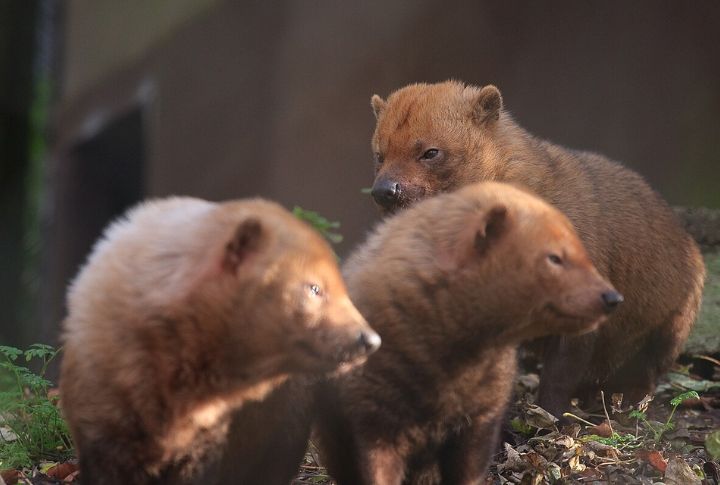
Confirmed across multiple South and Central American countries, bush dogs occupy a broad but broken range. Genetic research shows little exchange between groups. In fact, habitat fragmentation has isolated populations so severely that the IUCN now classifies the species as ‘Near Threatened’ due to its diminished recovery prospects.
Packs Use Strategy To Overcome Size Limits

Despite their small size, bush dogs hunt cooperatively in organized packs of six to twelve. High-pitched vocalizations, chirps, and whines help coordinate movement. Field studies document these packs successfully capturing prey like pacas, often weighing more than four times a single dog’s body weight.
Road Networks Pose A Greater Threat Than Poachers

Roads, not rifles, pose the biggest threat to bush dogs. As highways and logging routes divide forests, they shatter once-connected habitats. These breaks isolate populations and shrink breeding options. Over time, the loss of genetic exchange leaves bush dogs increasingly vulnerable in fragmented, shrinking territories.
Captive Breeding Programs Struggle To Scale

The global number of bush dogs in managed care is unclear due to a lack of centralized data. However, they are known to be highly sensitive to stress. Captive breeding remains rare, as social instability often disrupts pack cohesion and limits reproductive success in zoo settings.
Conservation Efforts Are Underfunded And Overlooked
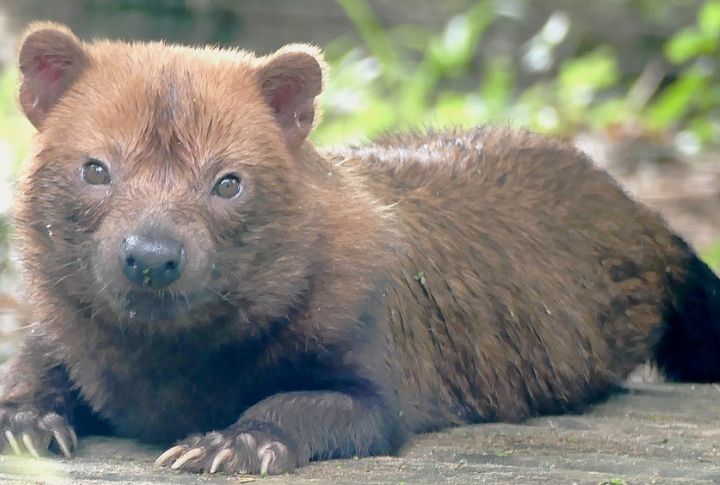
Conservation campaigns rarely spotlight bush dogs. Unlike high-profile species like jaguars, these canids attract little media or ecotourism attention. This lack of visibility keeps them off national conservation agendas, which results in minimal support and persistent knowledge gaps in long-term species recovery planning.





